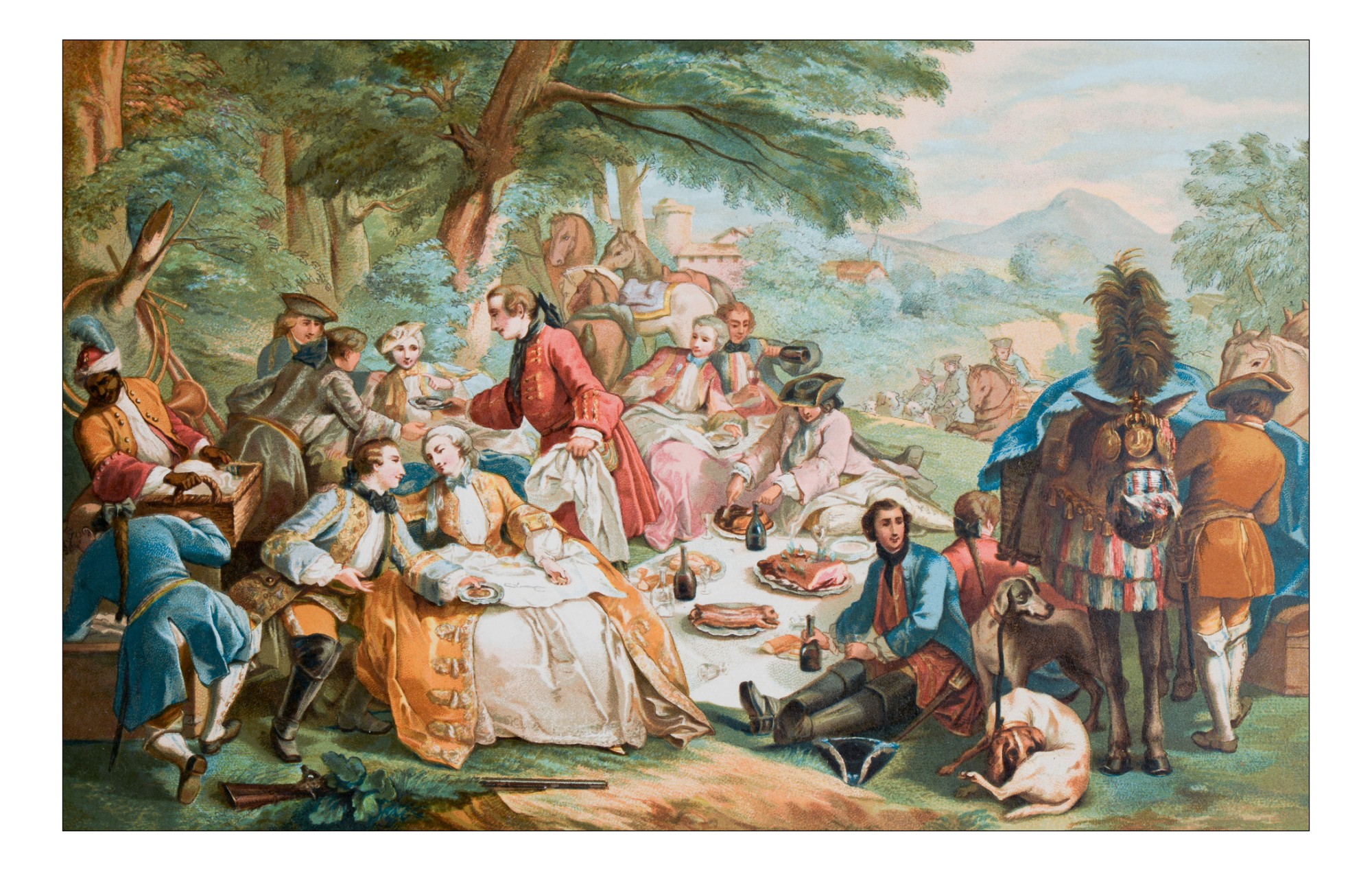Thursday 14 August 2025
On the first two days of the July holidays, Art Teacher David Parr attended the New Zealand Art History Teachers Association conference at the Auckland Art Gallery Toi O Tāmaki and the University of Auckland.
The first day featured privileged viewings of three of the gallery’s current exhibitions with curator presentations on the artworks. Chief among these was the current showpiece exhibition - A Century of Modern Art - a remarkably comprehensive collection of works from the Toledo Museum of Art, Ohio. What makes the collection remarkable is that it comprises one characteristic work by each of an expansive array of European and American avant-garde artists, starting in the mid-nineteenth century with Impressionism and ending in the 1960s with Abstract Expressionism and Pop Art. Our viewing was presented by Dr Sophie Matthieson, the gallery’s Senior Curator of International Art, and will prove invaluable when the Art History students visit the exhibition later this term to study selected works at first-hand for an NCEA internal assessment on media and techniques.
The second day of the conference was held at Auckland University in the recently refurbished Arts and Education building. There was a mixture of presentations and workshops, including a presentation by David on Using 3D Models and AR in Teaching Art History. This is an exciting technology that enables teachers to bring AR scans of artworks — such as sculptures or Greek vases — into the classroom at full size and have students move around them. Many 3D models are also animated (eg a beating human heart or a steam engine), which transforms teaching.
On the ground floor, King’s College Old Collegian Brett Graham’s (Major, 1983) monumental Wastelands dominates the exhibition room. A colossal two-wheeled cart has been transformed into a carved pātaka (storehouse), covered in a mass of writhing tuna (eels). On six adjacent video screens, a panoramic view of burning peatland plays in an animated loop, a solitary wharenui at its centre. Titled Whangamārino, it uses footage of last year’s peat fire, which destroyed over 1000 hectares of the Whangamārino wetlands, as a metaphor for the mamae (pain) caused by the loss of tribal lands. The title Wastelands references the Waste Lands Act of 1858, by which over 1.2 million acres of Waikato-Tainui land were confiscated by the colonial government, as well as T. S. Eliot’s poem, The Waste Land (1922). The work addresses the loss of land, the damming and subsequent degradation of the Waikato River and its surrounding wetlands, and the desecration of his iwi’s precious resource and taonga.
These and four other curator presentations during the day confirmed the value of the Art Gallery as a varied teaching resource for students of the Visual Arts and Art History.

